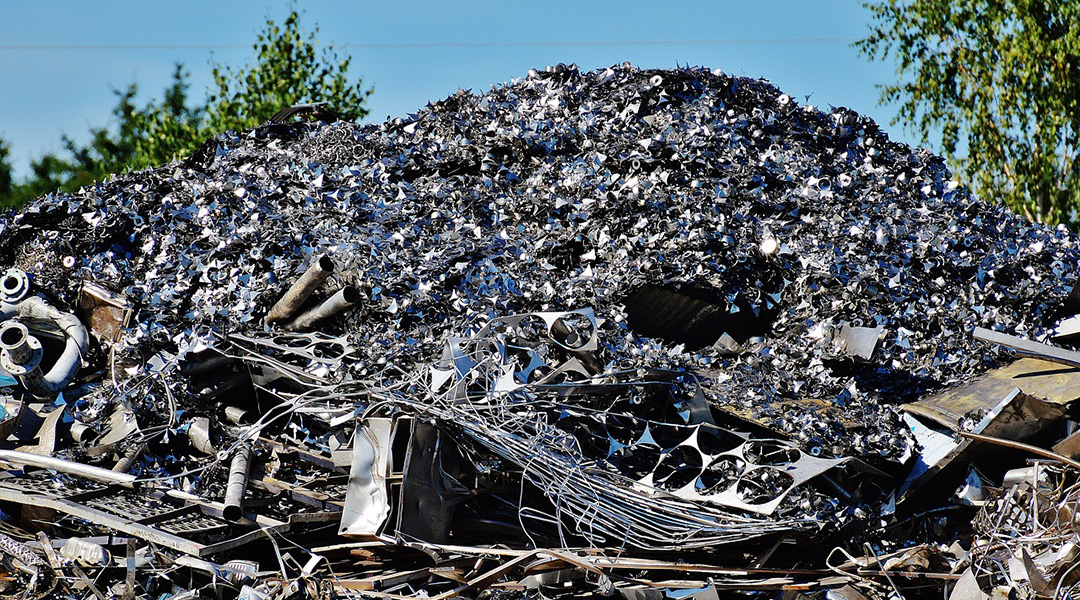First living biosensor developed to study honeybee gut microbiome, providing insights into health and conservation.


First living biosensor developed to study honeybee gut microbiome, providing insights into health and conservation.

Much of the world’s road and rail infrastructure is decades old, and future climate change will make it difficult to run and maintain.

Sunlight-activated floating photocatalysts offer accessible water purification, vital for remote regions and developing communities.

Using electrochemical sensors, this new device can be used to combat water pollution by detecting heavy metals, like lead.

Polymer chemist Athina Anastasaki talks about establishing her career, inroads into polymer recycling, and resilience in academia.

Researchers are tackling the growing problem of electronic waste by designing wearable electronics from sustainable and recyclable materials.

Scientists develop a light-driven carbon capture system using photoacids, creating an energy-efficient method to remove atmospheric carbon dioxide.

Experts argue a new approach is needed so that we are less reliant on antimicrobial drugs, where less use means less resistance.

According to researchers, crop yields could suffer considerably in the face of a sudden catastrophe, but we can prepare.

With Africa’s population set to double by 2050, many snake species face a higher risk of extinction, prompting concerns among conservationists.